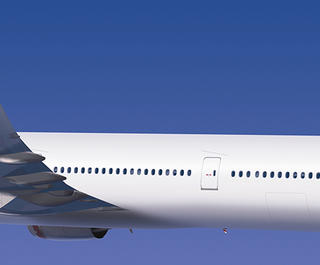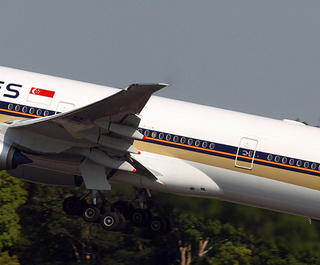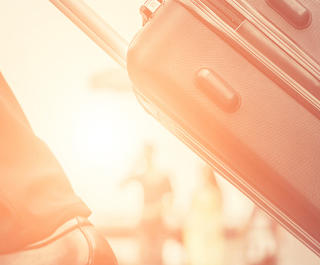
Words by Carlie Tucker
Most business travellers only consider flight times when it comes to ensuring enough buffer to get from the airport to their morning meeting upon landing. But, this little detail may be worth a little more consideration as time of day could play a more important role in your overall flight experience. Morning, noon and night, these are the best times to fly if you want to ...
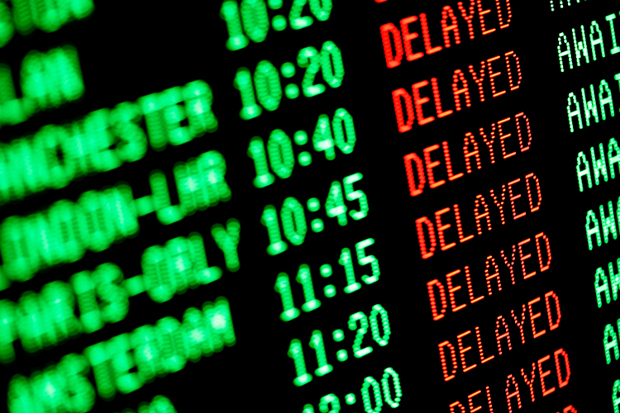
Avoid Delays
If an on-time departure is most important to you, it pays to book one of the day's first flights. Morning flights more likely to take off on time as delay-causing elements are fewer and far between. And, like the domino effect, any complications experienced will affect the next flight, the flight after that and so-on, adding up over the course of the day before peaking in the early evening. In fact, according to Bureau of Transportation, statistics show the number of delayed flights is significantly lower between the hours of 6am and 10am with delays steadily creeping up to a maximum of 20 minutes by 6pm.
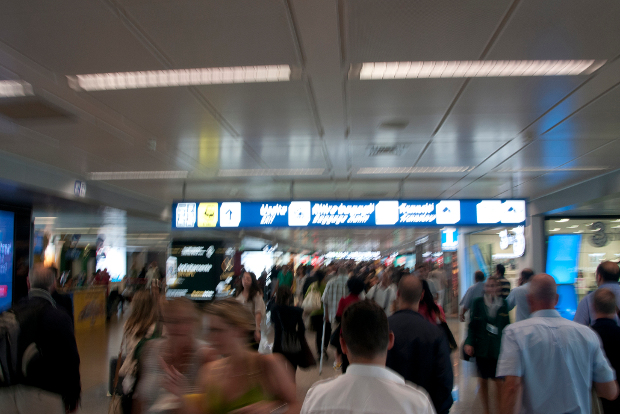
Looking for more flying tips?
Pre-Flight Relaxation Techniques
How To Kill Time At The Airport
Cut Down On Crowds
With check-in and security lines growing longer, the prospect of avoiding crowds is becoming more and more important for many flyers. If your business travel schedule is a bit flexible, it's worth considering a flight outside of peak-hour airport traffic times to cut down on the crowds. In the morning, passenger numbers are at their highest between 7am and 9:30am. Another peak hits around 1pm in the afternoon, and finally the hours between 5pm and 8pm see the evening rush of passengers. Try booking your flight outside of these popular times to avoid those long lines.
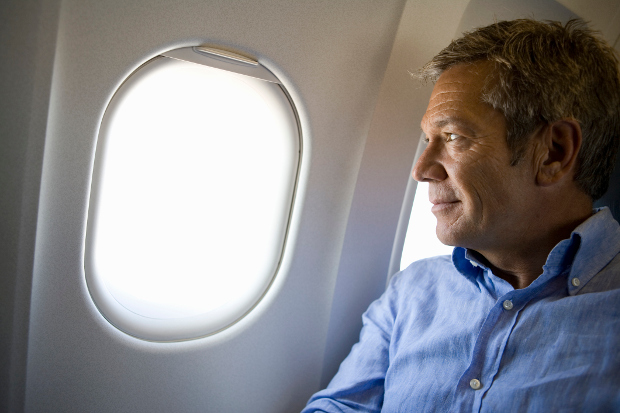
Experience A Smoother Flight
Research has shown that the time of day can affect how much turbulence a flight experiences. So, if you're a nervous flyer, grabbing a seat over the wing and choosing an early flight time is a step in ensuring a smoother flight. Turbulence is caused by air currents created when the sun heats up the atmosphere, or upward and downward currents caused by thunderclouds. As these weather patterns are much more likely to occur later in the day, many experts recommend a flight time that falls somewhere between 7am and 11am if you want to avoid those in-flight bumps.
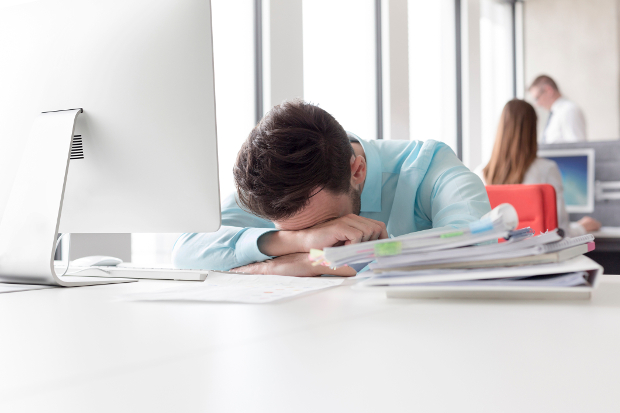
Reduce Jet Lag
If you're prone to jet lag when travelling long distances, choosing the right flight time can help you bounce back just a little bit quicker. Travelling across three or more time zones increases your chances of experiencing jet lag as your internal body clock struggles to reset itself to the time zone of your new destination. For this reason, it's wise to choose an overnight flight. Your daily routine will stay largely the same, with dinner being served at a relatively normal hour. It will be easier to naturally fall asleep and stay asleep for the majority of your flight. The timing of breakfast service should also match up with your normal routine, which goes a long way in keeping your internal body clock in sync.
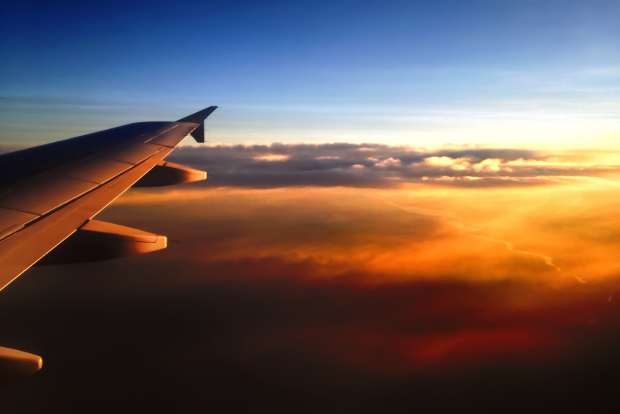
Get The Best Price
Finding the right price on business travel airfares is the name of the game for many travellers. Unfortunately, when it comes to time of day, there is no sure fire hour that will save you big when booking. Of course, that's not to suggest there are no savings to be had. Because airfares are largely determined by demand, travellers with the flexibility to accommodate very early or late flights could pick up a bargain. The first and last flight of the day are the least popular, which means airlines are more likely to drop their prices to entice passengers.
For more information on how you can secure the right airfare price for your business travel budget, give our knowledgeable Travel Managers a call on 1300 797 826.


